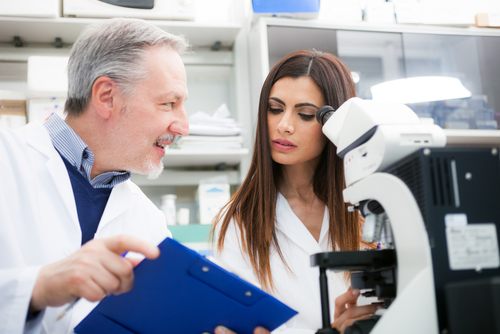Clinical Research, Clinical Study, Clinical Trial, and Clinical Protocol all concern the same topic. These terms are often used interchangeably to talk about scientific studies that use people to understand if new drugs, treatments and devices are safe and effective. Clinical studies cannot happen until basic research in a laboratory determines the new treatment, drug or device is successful and safe. Once basic research indicates scientific promise, the FDA must approve continuing the research and beginning to test in people. Carefully controlled and well-designed clinical trials are performed by highly trained medical professionals to understand how this new treatment will work in people. The clinical trial is trying to duplicate the promising lab results in people.

Clinical Trials are conducted in four phases that occur in sequential order. Each phase tends to have a different purpose and helps answer different questions. Each phase is considered a separate trial. After completion of each phase, the FDA must approve before continuing to the next phase. Research participants do not need to be part of all phases of a clinical trial.
Clinical Research Phase
Phase I
20-100 people (typically healthy volunteers)
- To find an appropriate dose
- To decide how the new treatment should be given
- To learn if there are any side effects
Phase II
200-300 people (volunteers have condition or disease)
- To learn about new treatments’ effectiveness
- To learn if there are any side effects
Phase III
100s to 1000s (volunteers have condition or disease)
- To compare the new treatment (or new use of a treatment) with the current standard treatment
- If new treatment shows promising results, can request FDA approval for marketing
Phase IV
1,000s of people
- To further assess long-term use
- To identify other uses of treatment – for other conditions or diseases
All clinical studies are closely monitored by the FDA and an independent Institutional Review Board to make sure the study is necessary, is being conducted in an ethical way, does not put participants at undue risk, and that patients rights and safety are protected throughout. Participation in clinical studies is completely voluntary.
